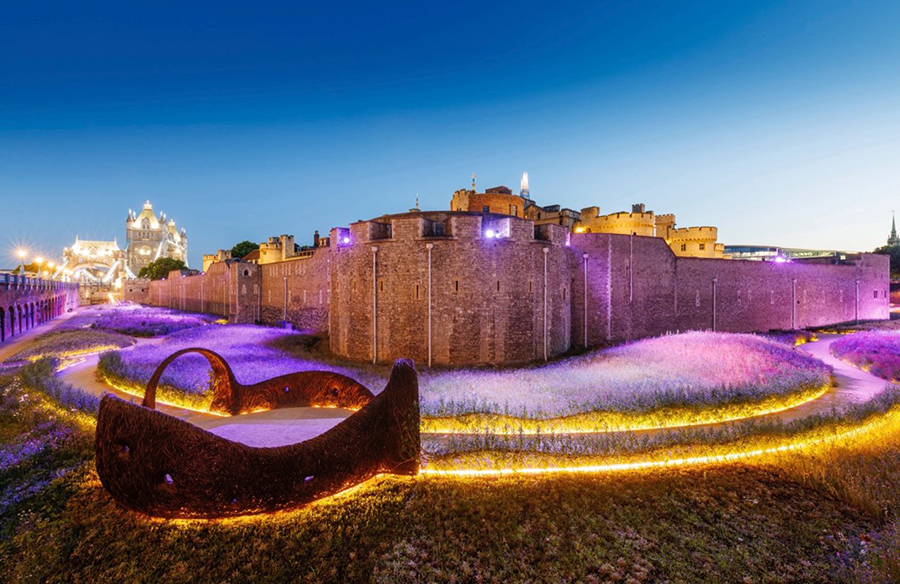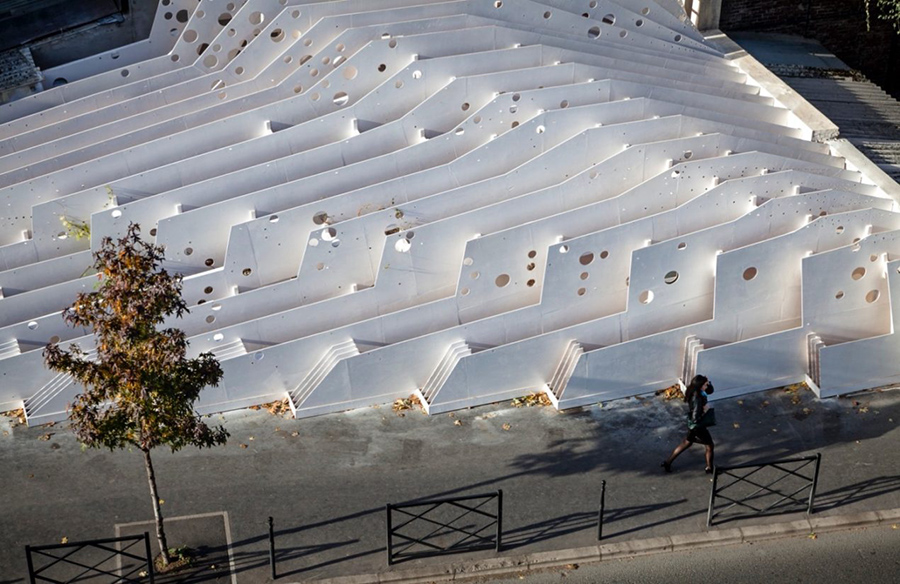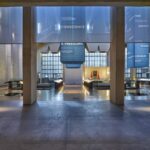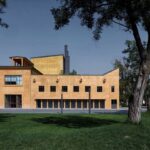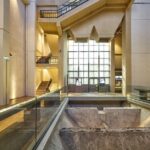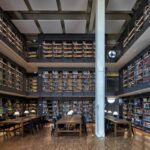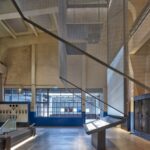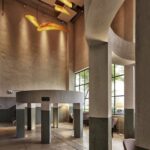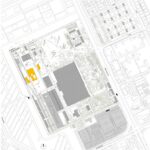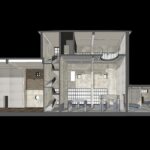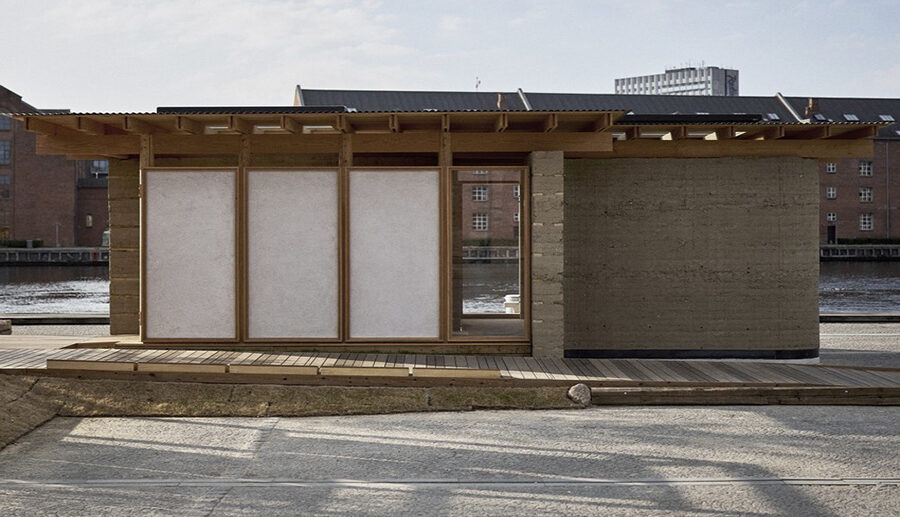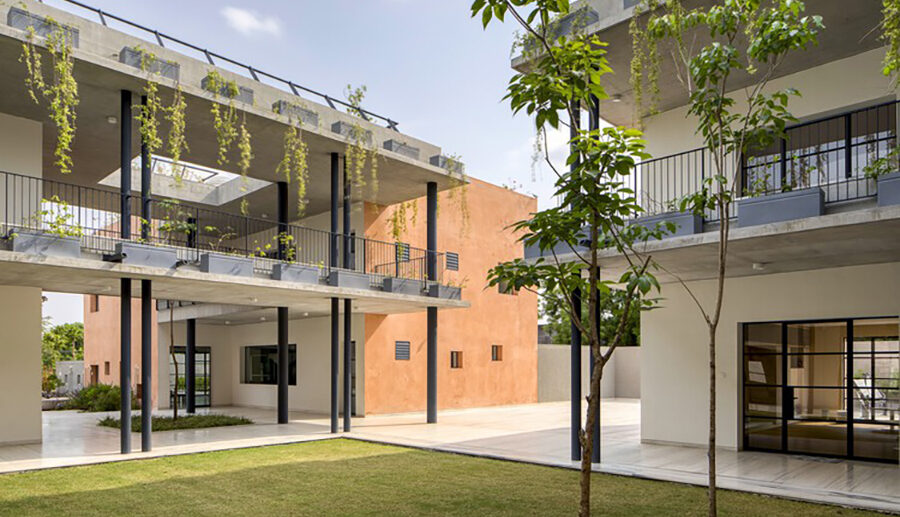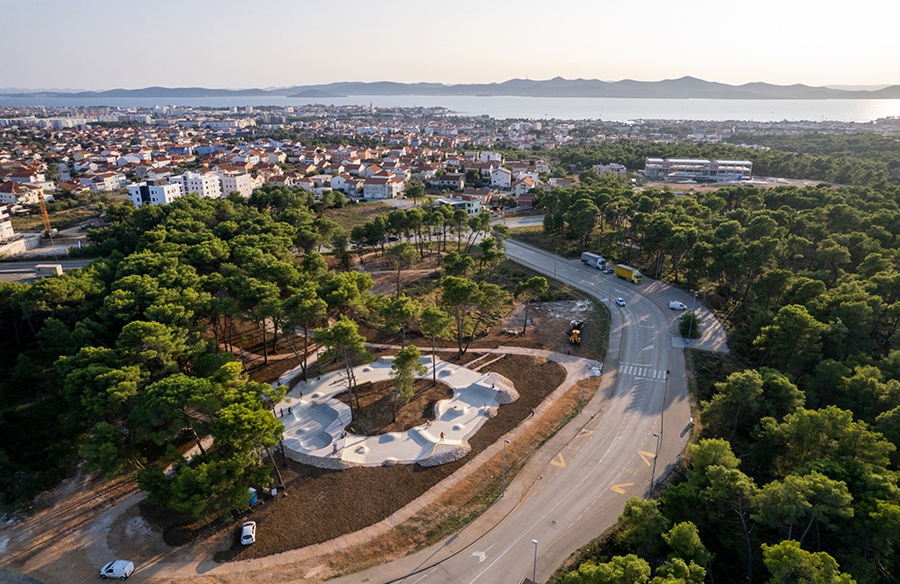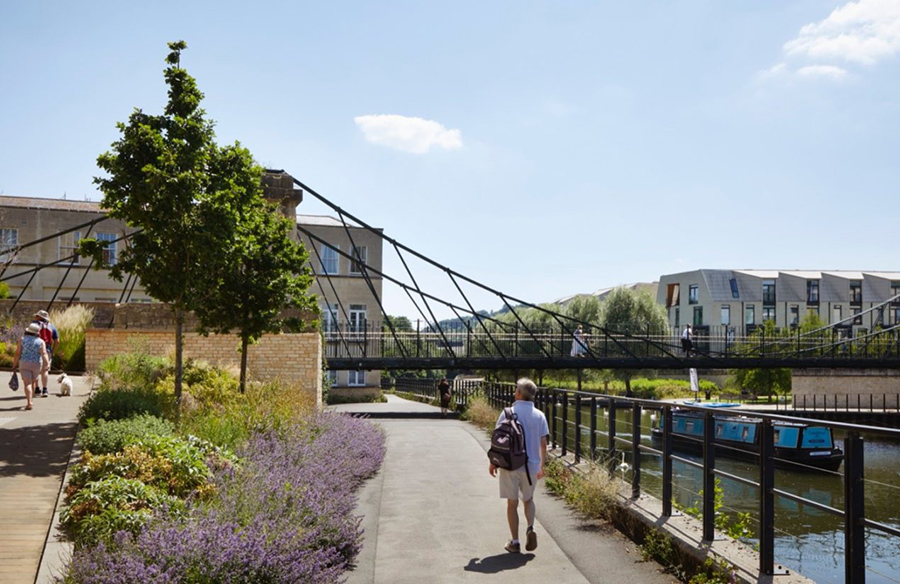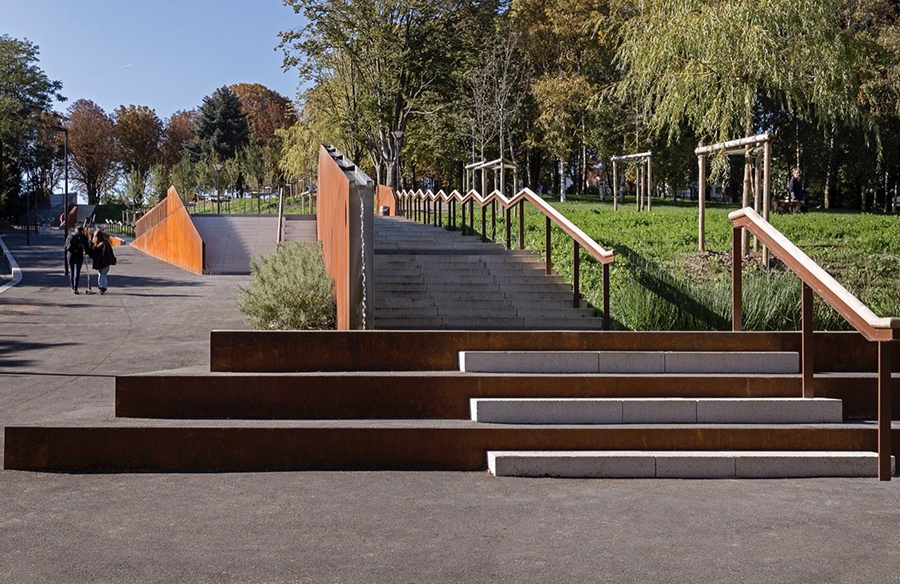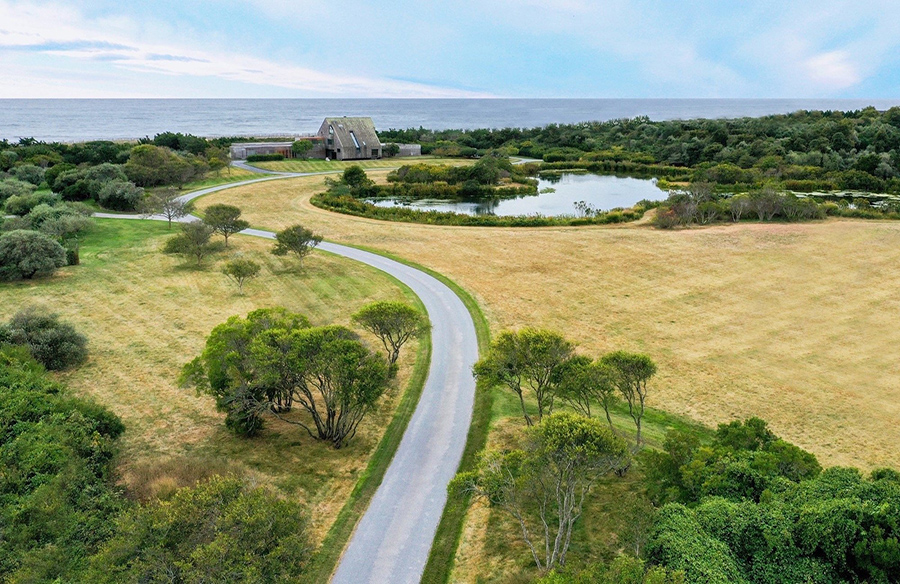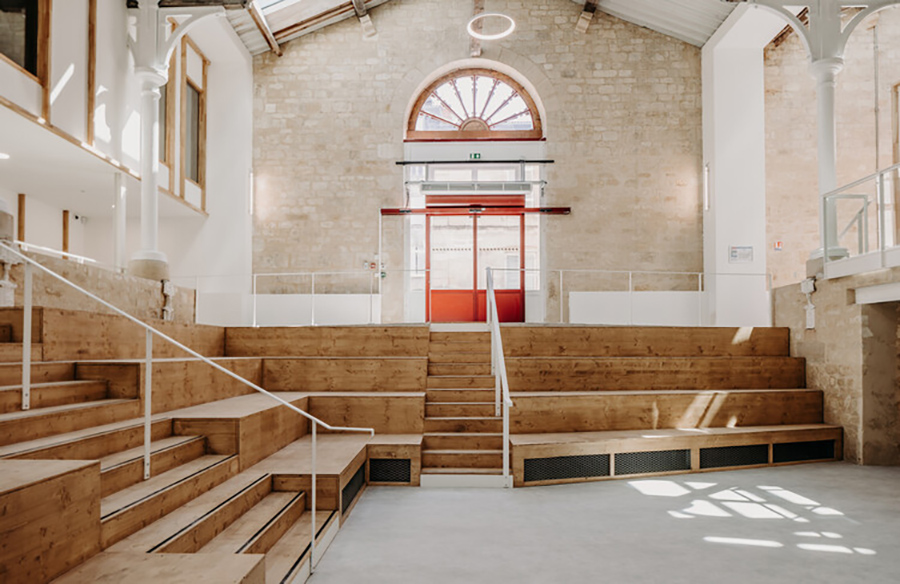Rediscovering History: AGU Presidential Museum and Library by EAA – Emre Arolat Architecture
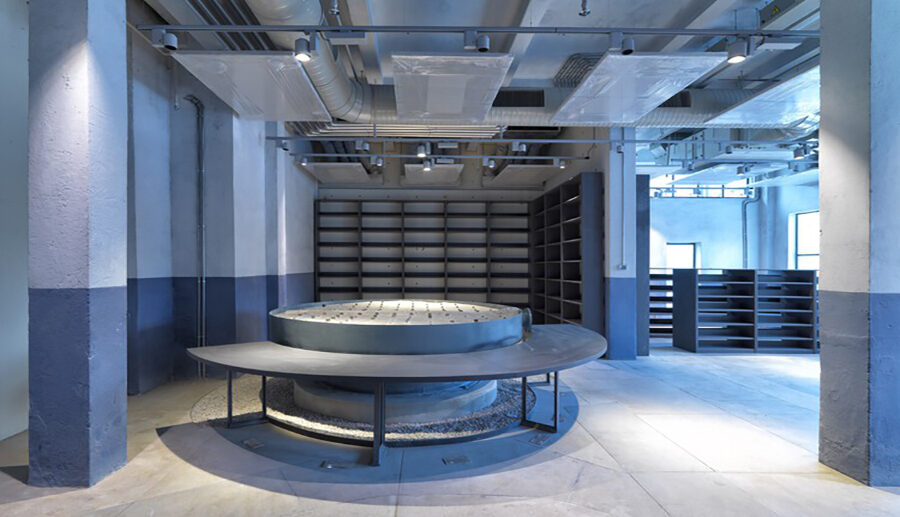
The AGU Presidential Museum and Library, nestled in Kayseri, Turkey, stands as a testament to architectural innovation and historical preservation. Designed by EAA – Emre Arolat Architecture, this project breathes new life into the remnants of the Sumerbank Textile Factory, offering a glimpse into Turkey’s industrial past.
Revitalizing Heritage
Originally constructed between 1933-1935 by Russian architect Ivan Nikolaev, the Sumerbank Textile Factory embodied the spirit of industrialization and modernization in Turkey’s Republican era. After its closure in 1999, the factory gained recognition as a modern monument, leading to its transformation into the AGU campus.

Architectural Intervention
Emre Arolat was tasked with rejuvenating two key buildings within the campus: the Power Station and Steam Plant, repurposing them as the Presidential Museum and Library. The architectural strategy focused on seamlessly blending old and new elements, preserving the authentic patina while infusing modern functionality.
Preserving Authenticity
Despite years of neglect, the buildings retained their voluminous spaces and original features. EAA’s approach emphasized conservation, retaining existing elements wherever possible. Original ash pits and concrete silo bases were uncovered and integrated into the exhibition spaces, enriching the visitor experience.

Harmonizing Tradition and Modernity
The exhibition design pays homage to Turkish values, tradition, and culture while respecting the building’s inherent characteristics. Semi-discrete spaces create a thematic journey, allowing visitors to immerse themselves in Turkey’s rich heritage. Natural light, texture, and spatial volumes enhance the ambiance, fostering a sense of reverence for the past.
Conclusion
The AGU Presidential Museum and Library, completed in 2016, stands as a beacon of architectural excellence and historical preservation. It serves not only as a repository of Turkey’s industrial legacy but also as a vibrant urban center welcoming visitors to explore its rich tapestry of history and culture.


